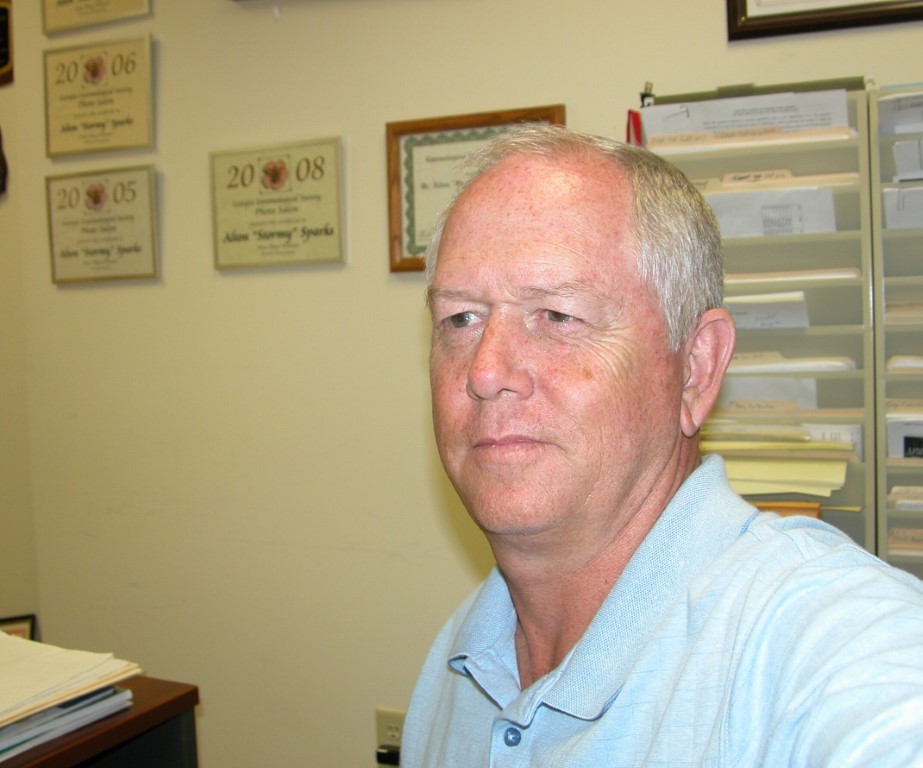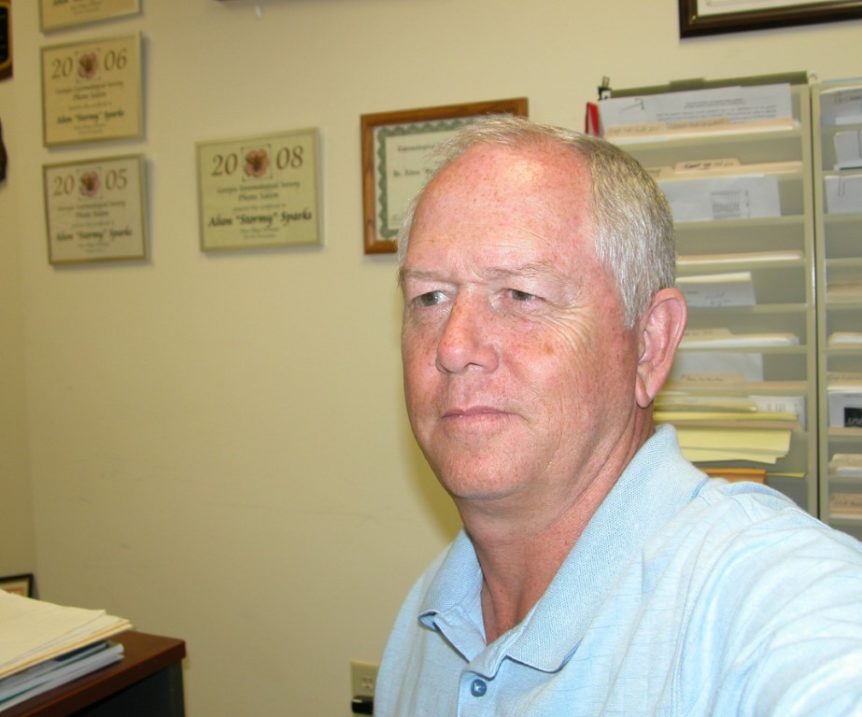
By Clint Thompson
Vegetable producers must be wary that diamondback moth is being observed in high populations across South Georgia.
Stormy Sparks, University of Georgia (UGA) Cooperative Extension vegetable entomologist, highlighted the insect and its impact.
“Diamondback moth has popped up. It can pop up or disappear this time of year. It’s not controlled by temperatures as much as a lot (of insects),” Sparks said. “It has shown back up in the last few weeks. Some of the populations are very difficult to control. We’ve got fairly severe resistance across the board.”
Diamondback moths are prolific in that there could be 3 to 4 generations during a fall season or 12 or 13 per year. The larvae will feed on foliage. Early instars can cause small channels in the leaf surface. Larger larvae can cause perforations in the leaf. Populations above 0.3 larvae per plant need to be controlled.
Sparks said resistance has been a problem for a “long time,” though growers did not have much issue with the insect last year.
“We didn’t have bad problems last year, so we didn’t spray them as much. You’re hoping that they were reverting back to susceptibility,” Sparks said. “We had one population that we tested (though) that looked like it had on some of the products, but then we tested another population and it didn’t look good at all. We’ve got a field trial with Ty Torrance and it doesn’t look good.”
Narrow Host Range
Diamondback moth has a narrow host range, primarily on cabbage and collards and on crops related to that, like broccoli and greens.
Sparks discussed what precautions growers should make if they spot the insect in their fields.
“You find out what they’ve been exposed to, rotate your chemistries and if what you used doesn’t work and it gets bad enough, we can test the populations, but it takes a lot of caterpillars to test. Rotate chemistries, and try different things. Obviously, if it doesn’t work, don’t use that chemistry again,” Sparks said.










